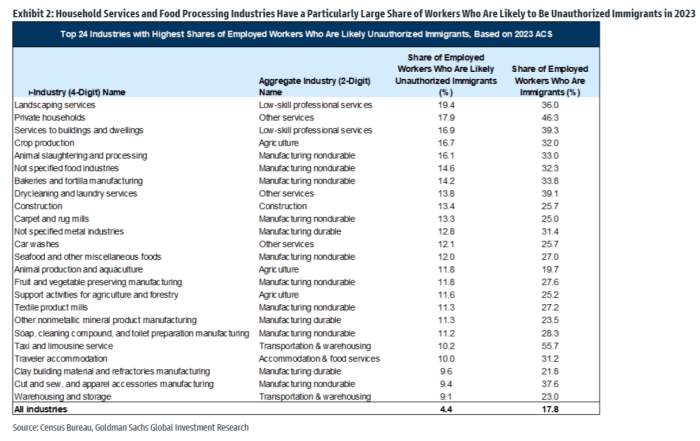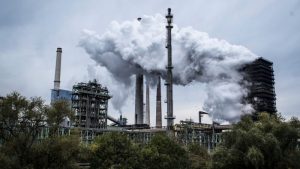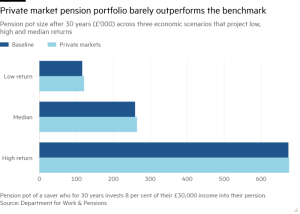Immigration affects care work, too

Unlock the White House Watch newsletter for free
Your guide to what the 2024 US election means for Washington and the world
This chart has been making the rounds: Goldman Sachs lists which workers will be most affected if the “mass deportation now” thing really happens.

To come up with these figures, the bank draws on economist George Borjas’ work to separate the foreign-born US population into authorised and unauthorised groups, and then applies it to the latest American Community Survey data (for 2023).
The industries on the list aren’t that surprising. Few would argue that undocumented workers do a significant share of landscaping, agriculture, meat packing, and construction jobs.
What’s more notable is that GS economist Elsie Peng tries to put numbers on that fact (see the above chart). She also estimates the pay differential between workers of different immigration statuses:
We estimate that unauthorized immigrants earn 20% less on average in hourly wages than native-born and authorized immigrant non-supervisory workers in the same industry, and the gaps are even larger in the construction and low-skill services industries.
This does not necessarily mean that otherwise identical unauthorized workers earn 20% less, because there might be other differences even among non-supervisory workers in the same industry. But much of the pay gap is likely genuine, meaning that employers that lost a meaningful part of their unauthorized immigrant workforce would likely face higher average wage costs.
The last sentence is not only grim, it’s grim in multiple ways! Anyway!
It’s also interesting to see what’s glossed over in data collection, and in the report.
For example: What’s a “low-skill professional service”?
It includes landscaping and cleaning services, and has been updated by the Census Bureau to the less presumptuous “Administrative and Support and Waste Management and Remediation Services”. An update seems appropriate — even if the title is confusing — because the sheer amount of media about gardening and cleaning calls into question the “low-skill” designation of those jobs.
Another question: What are “private households”?
That’s the second-biggest employer of undocumented workers, and has a rather fuzzy categorisation in the Census Bureau’s North American Industry Classification System:
The Private Households subsector includes private households that engage in employing workers on or about the premises in activities primarily concerned with the operation of the household. These private households may employ individuals, such as cooks, maids, nannies, butlers, non-medical personal care aides, and outside workers, such as gardeners, caretakers, and other maintenance workers.
So this covers everyone from home-care aides and nannies to . . . butlers and groundskeepers. That’s a pretty wide range of services!
What’s more, the grouping could easily mislead about the wealth levels of people who use informal (ie non-medical) home services. It sounds like the classification would include both a butler (lol) and a local care worker who’s paid to help an ageing but otherwise healthy 80-year-old couple maintain their house. Many of these non-medical care services are usually provided by family women.
In other words, much of this “low-skill professional” or “private household” work boils down to caretaking work, which will presumably be affected by a crackdown on immigration as well.
We won’t hazard a guess about why that type of work — which Covid thrust to the top of policy conversations — has gotten lower billing than farming, meatpacking and landscaping.
#Immigration #affects #care #work







